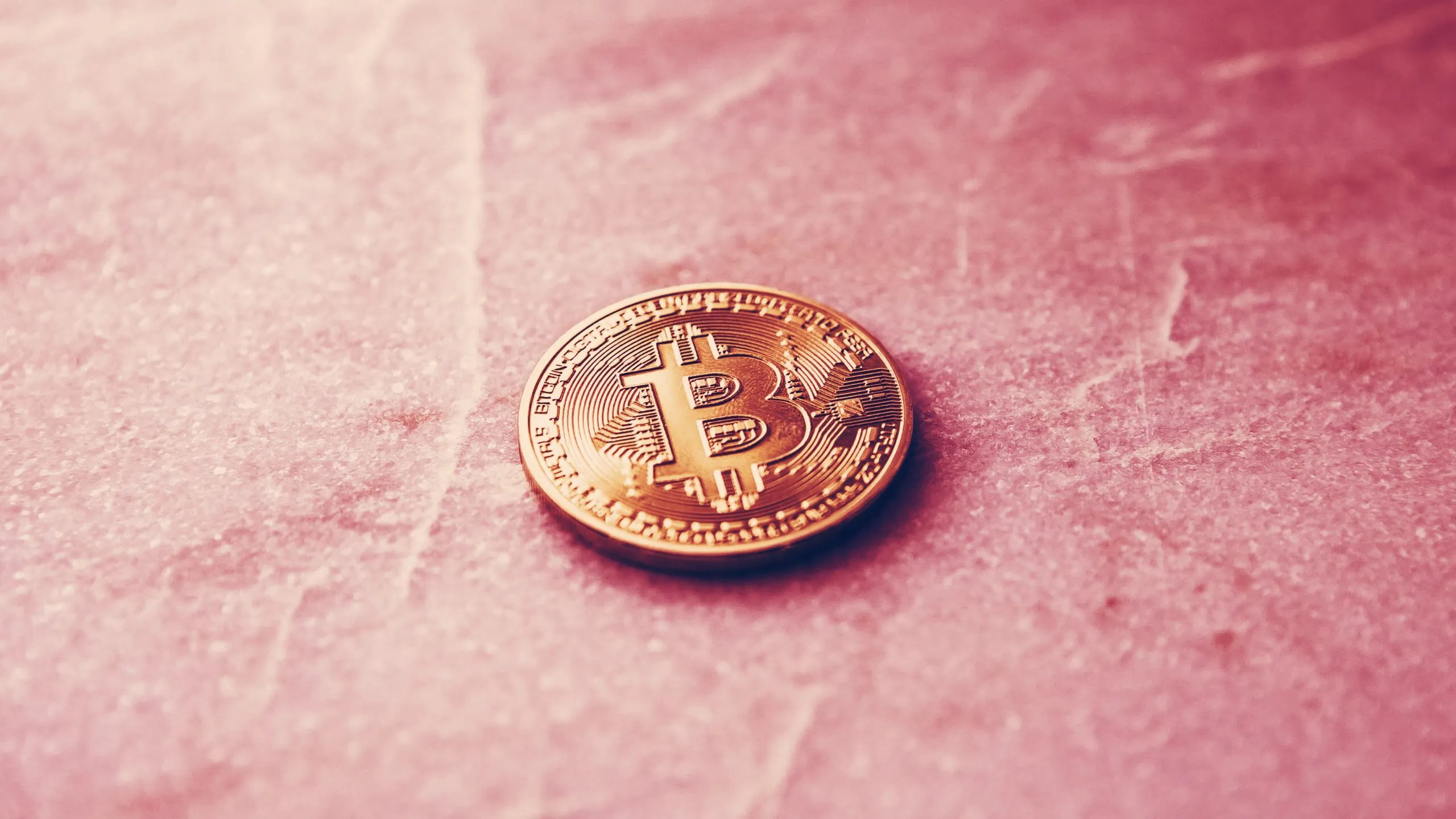Over the past decade, bitcoin has morphed from a relatively niche payments system to one of the world's most profitable investment assets. In its infancy, the return on investment for bitcoin has managed to surpass the returns of traditional assets and indices, virtually crushing them in its wake.
With the turn of the century around the corner, let’s take a look back at how you would have done if you had placed $100 on each of these investments. Please note, this is not financial advice.
The price of bitcoin
Within its 10-year nascency, bitcoin has gone from zero to veritable hero. Straight off the starting block—or should that be genesis block—bitcoin's gains were pretty astounding. Within the first few years of its price discovery, bitcoin managed to go from literally nothing to a peak of $1,047 in 2014, its first bubble.
What followed was a bear cycle, stretching all the way to the fateful 2017 bull run.
At its peak at around $20,000, bitcoin had returned an almost inconceivable 25 million percent from its earliest recorded price point of $0.08 per bitcoin.
Nevertheless, much like every other cycle in its life, the price of bitcoin came cascading down. A protracted bear winter in 2018, and a brief spate of parabola this year places bitcoin at a current price of around $7,200. This gives the price of bitcoin a prevailing 10-year return on investment (ROI) of 9 million percent.
That means $100 would have netted you $900 million. In theory. (You probably would have spent it by now, let’s be real).
Given this, stacking up traditional investments against BTC seems about as reasonable as pitting a Chihuahua against a Lion.
Regardless, here’s how other assets fared over the past ten years.
The price of gold
Regarded as bitcoin's physical counterpart, gold has had a similarly rocky decade. Citing a price of around $690 in December 2009, the precious metal climbed swiftly to a peak some two years later—claiming a price high of $1,164.
The following five years didn't treat gold so well, as it retraced back to around $700. This was thought to have occurred due to a tapering of global monetary easing. With the global economy back on track after the 2008 financial crisis, gold's use case was faltering. It wasn't until 2019 that the yellow rock rebounded to its previous highs, settling at a current price of $1,131.
This provides gold with a 10 year ROI of 63.9%. So $100 would now be worth $163.9. Nothing particularly crazy, but it is supposedly a safe haven after all.
The price of oil
Unlike gold and bitcoin, the price of oil started off on a high.
In December 2019, black gold fetched a price of $70. After a few years of fluctuating and a short-lived, all-time high of $113, the price of oil came crashing down by 71% in 2016, hitting a low of $30—a decline not witnessed since 1985.
According to the World Bank, this collapse was caused by an overabundance of the black stuff, manifesting from a boom in the production of shale oil. However, the expectations of this excess supply were not met by the market. With demand for oil dissipating, the price plunged into the depths.
Today, oil is priced at around $58, giving it an ROI of -17%. So that $100 would be down to $83, after ten years of investing. Yikes.
The Dow Jones Industrial Average
This exalted and time-honored stock index was among the few US stock indices to claim the longest bull run in history. It rose from the ashes of the global crash, citing 10,471 points in 2009, to an all-time high (ATH) of 28,000 points this year.
The primary reason for this impressive rise appears to be due to the performance of the 30 major companies the Dow lists. The Dow 30 cites major players such as Apple, Microsoft, Coca-Cola, American Express, and JPMorgan Chase among others.
Over these years, the Dow marks an impressive 167% ROI. That $100 would now be worth $267.
The NASDAQ Composite Index
The very same index cited in the infamous dotcom bubble, the Nasdaq's impressive rise and fall is often compared to bitcoin's own fall from grace in 2017. Much like the Dow, the Nasdaq has had a stellar decade, rising from 2190 points in 2009 to an all-time high of 8,665 points this year.
The main catalyst driving the Nasdaq's strong rally appears to be tech stocks such as Facebook, and Amazon, who expanded in the late noughties, continuing their parabolic streaks well into 2019.
The Nasdaq's ROI of 295% is more than enough to beat the Dow. Putting $100 into that back in the day would have netted you $395.
The S&P 500
Yet another well-performing stock index, the S&P 500 shares the accolade of the longest bull run in history with the dow. Similarly, this famed index gained traction during the following the economic crisis, recording a—largely uninterrupted—rise from 1106 points to 3140 points in 2019.
Today, the S&P 500's bull-market run will turn 3,453 days old, which will make it the longest such streak in history. Bull run overtakes 3,452 days between November 1990 and March 2000, according to S&P Dow Jones indices. pic.twitter.com/YGK6xD8IOI
— Holger Zschaepitz (@Schuldensuehner) August 22, 2018
Therefore, the S&P 500 comes to an ROI of 183%. While your $100 would be up to $283, topping the Dow, it would still be lower than both the Nasdaq and bitcoin.
Who knows what the next ten years will hold.

